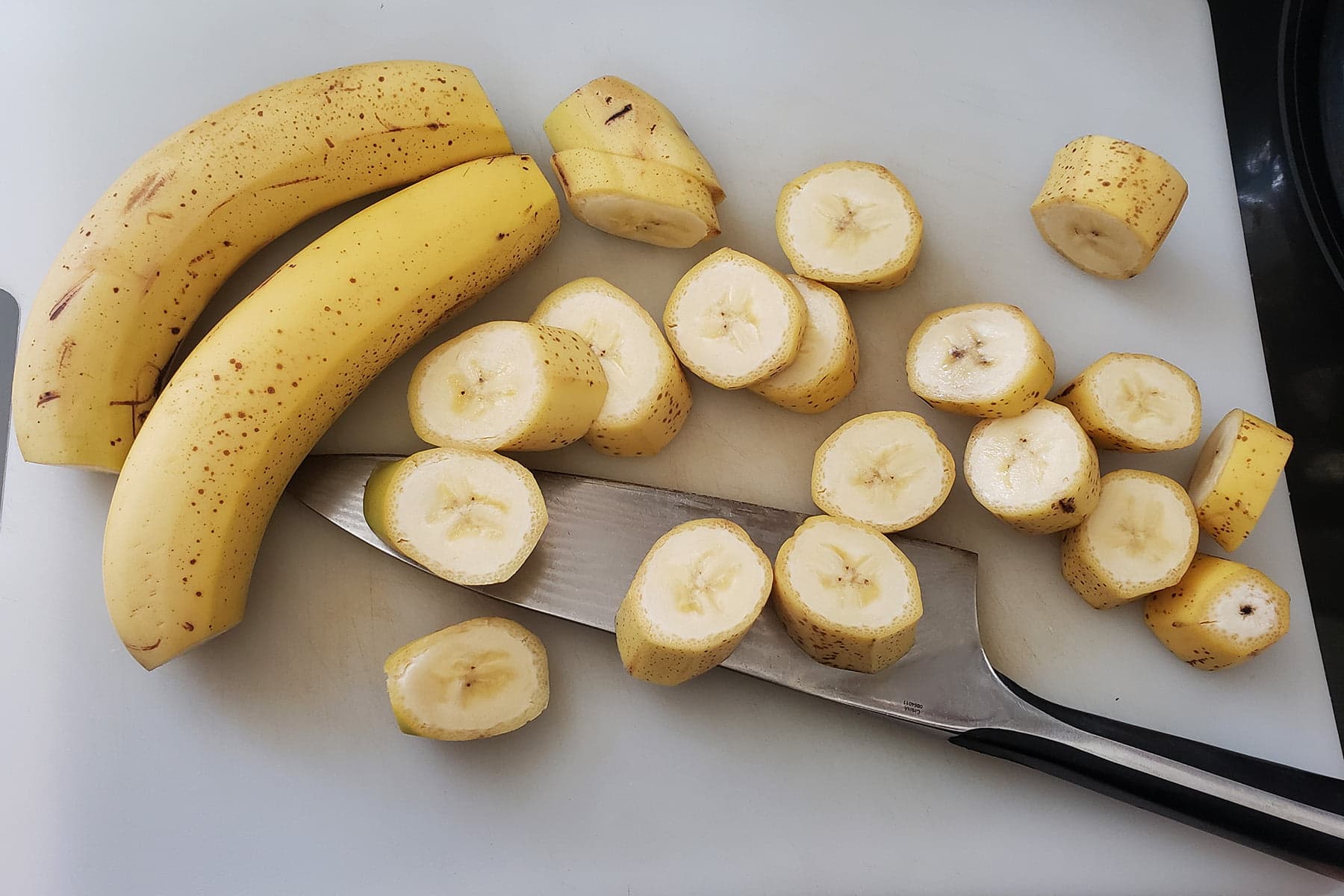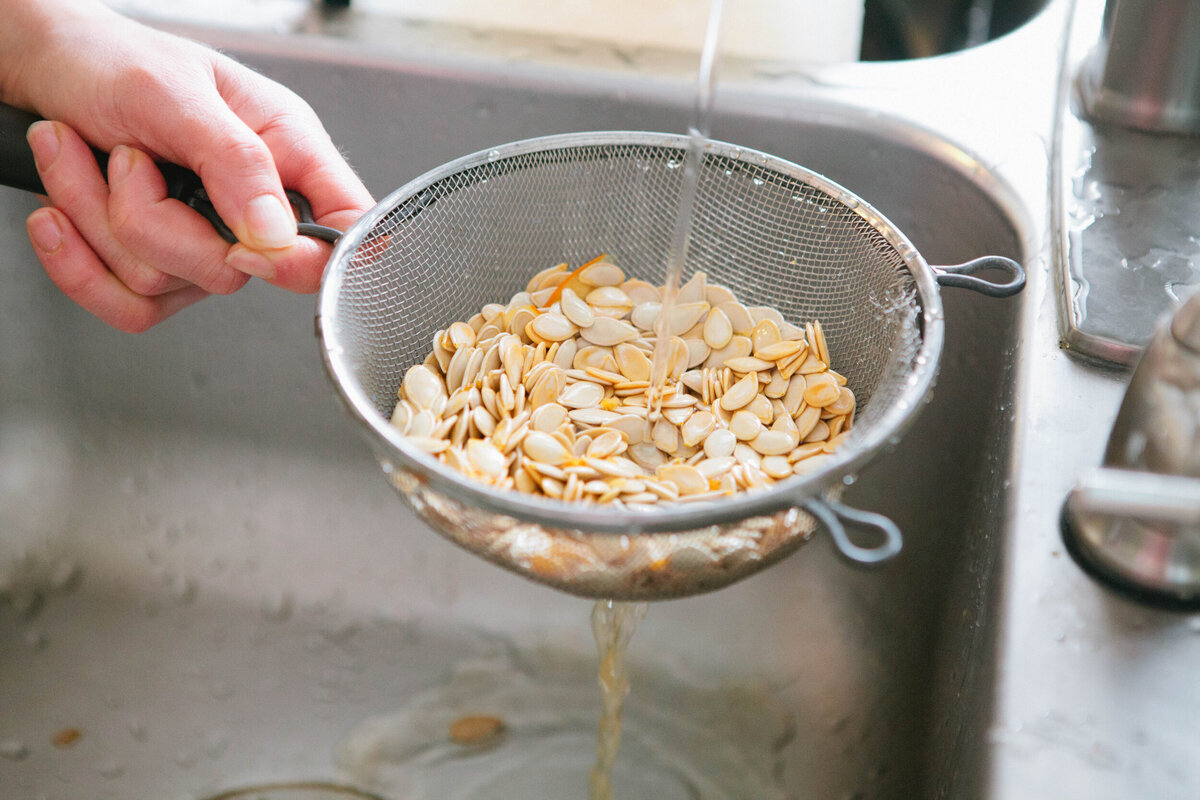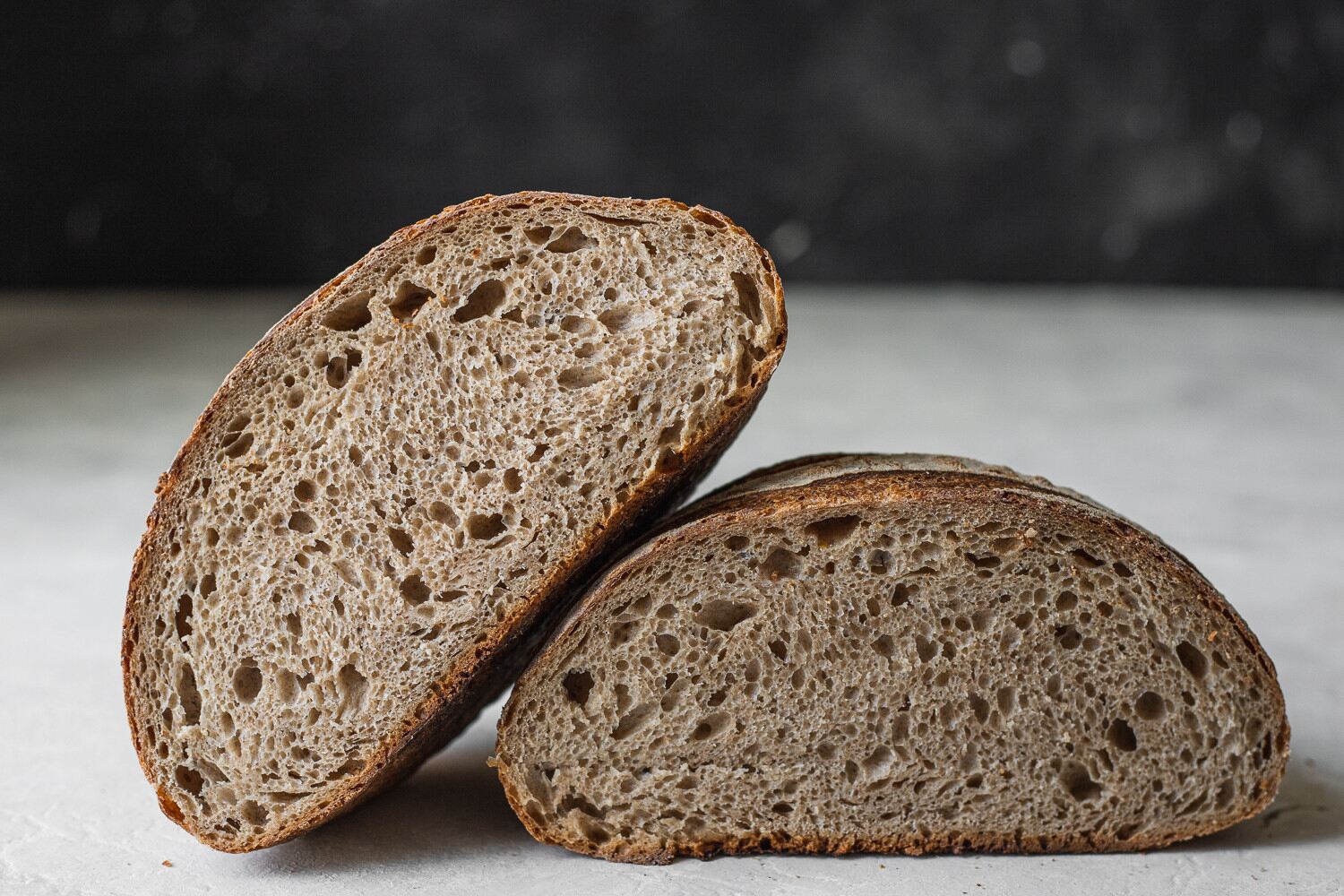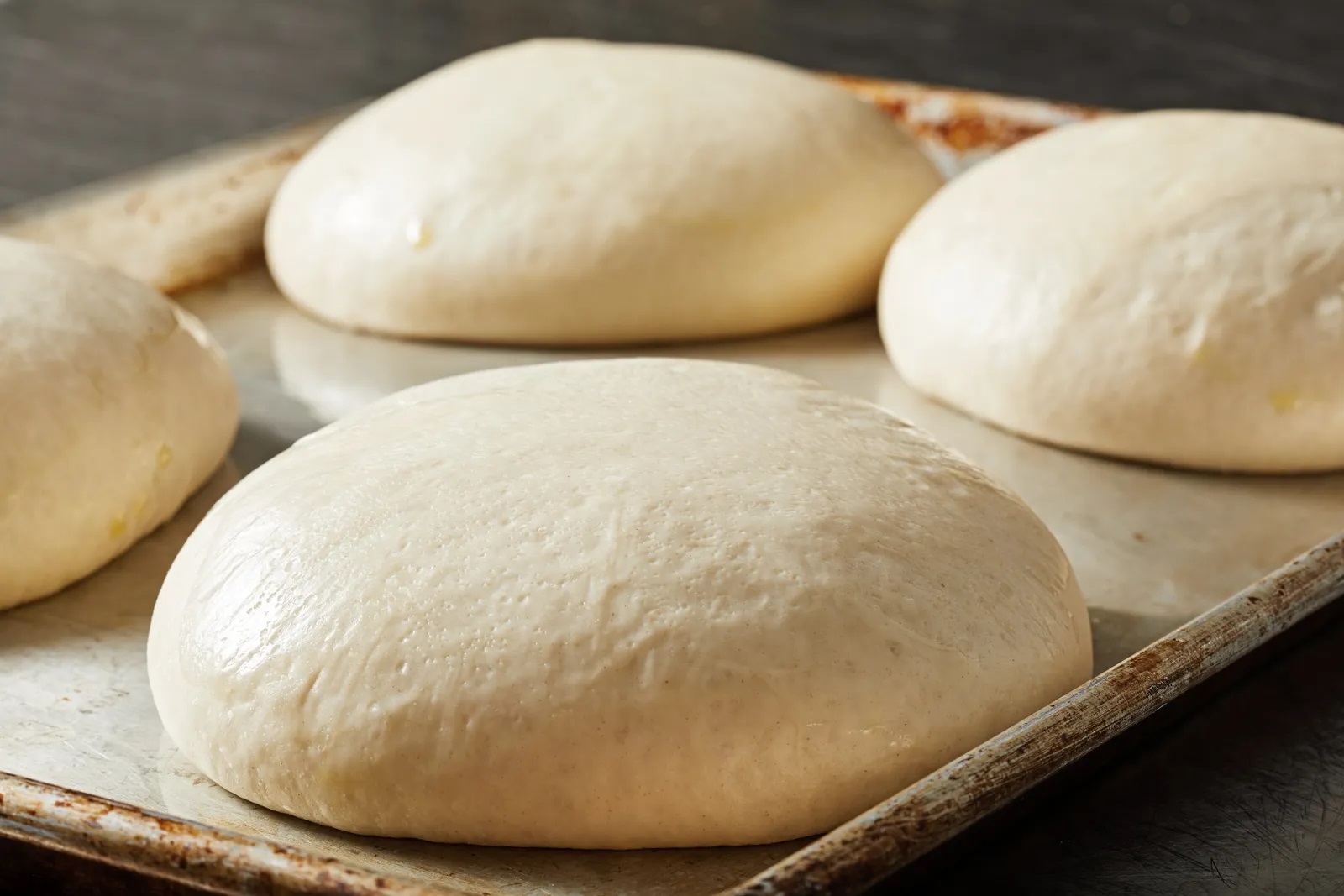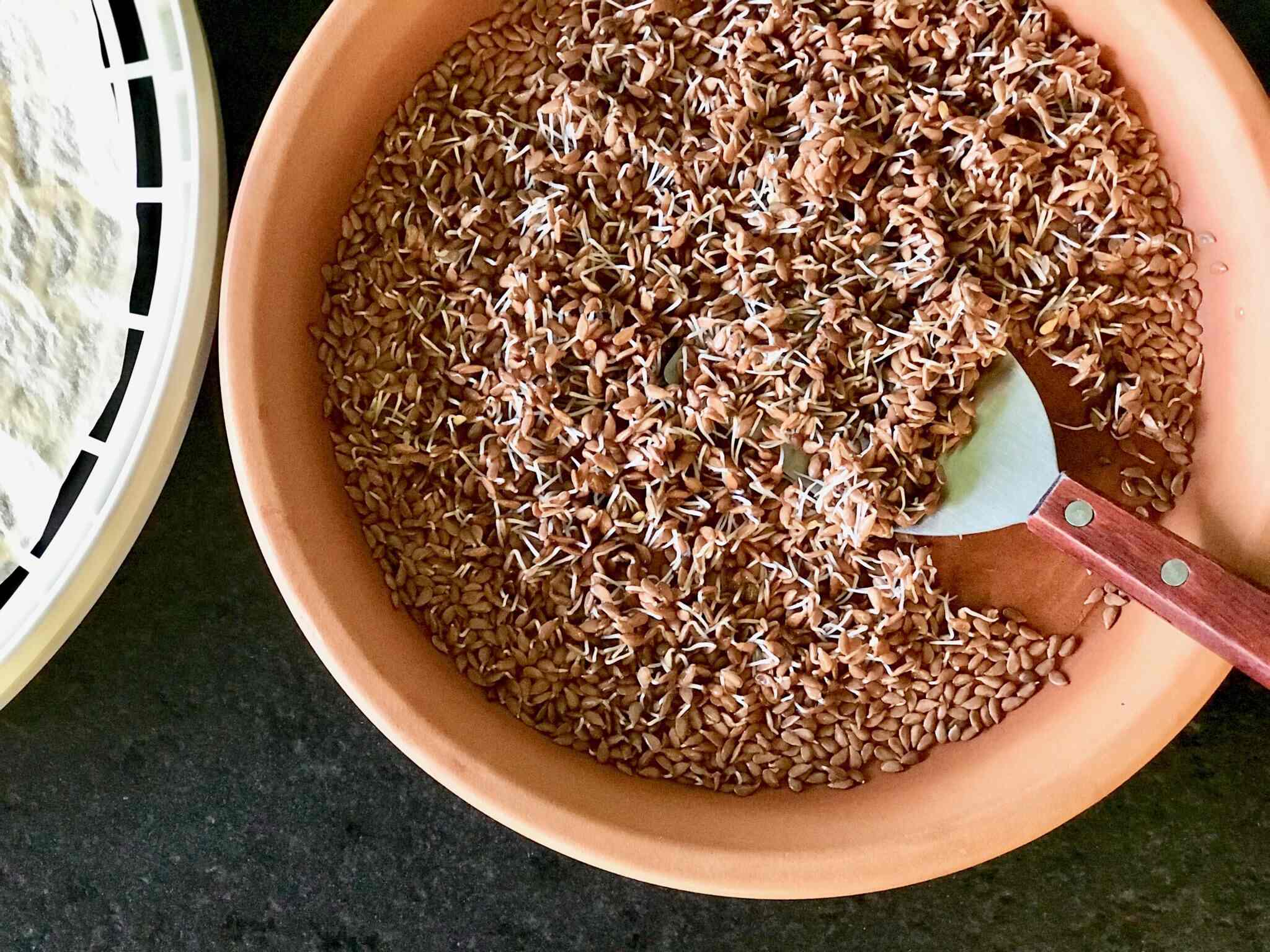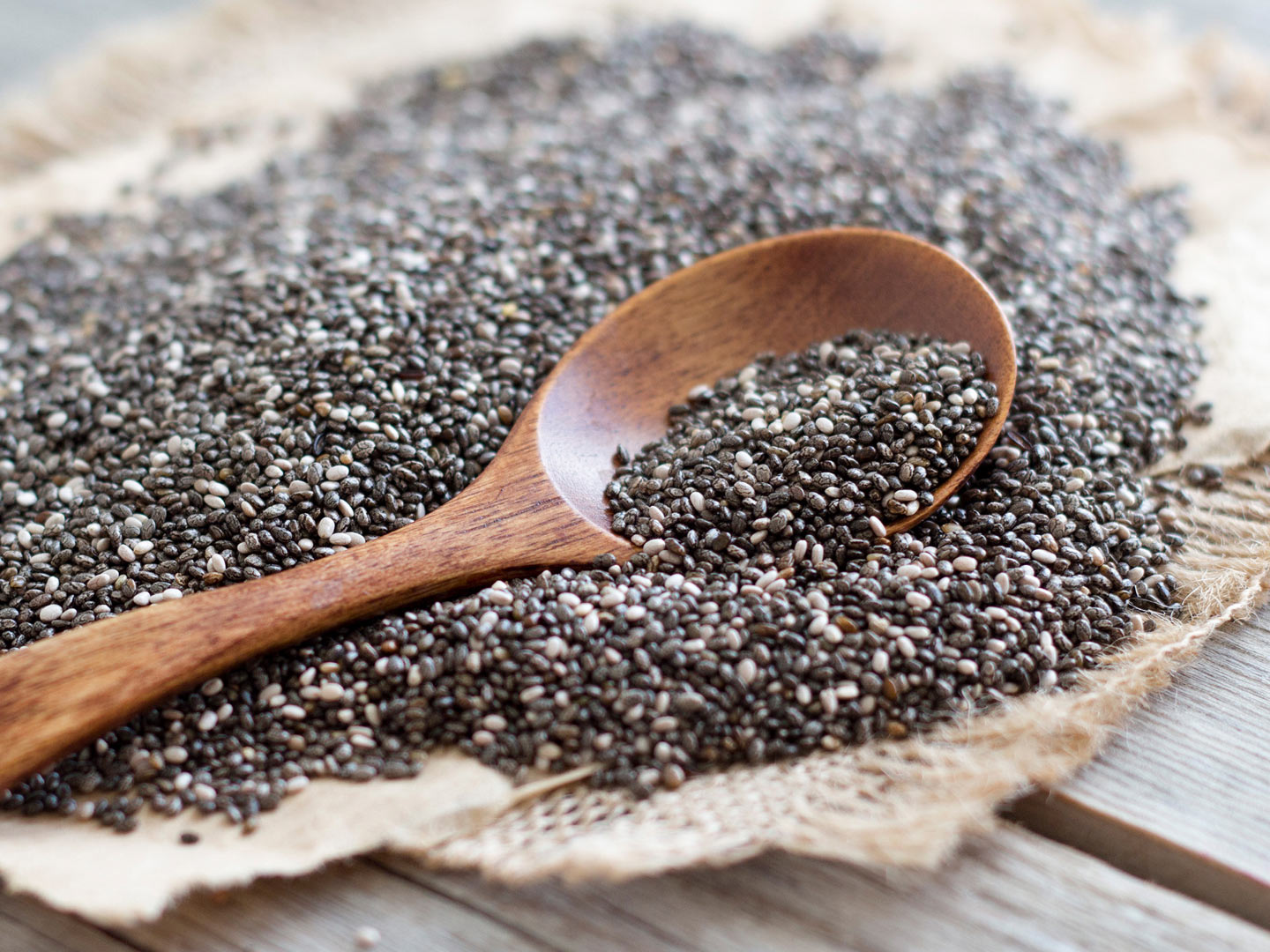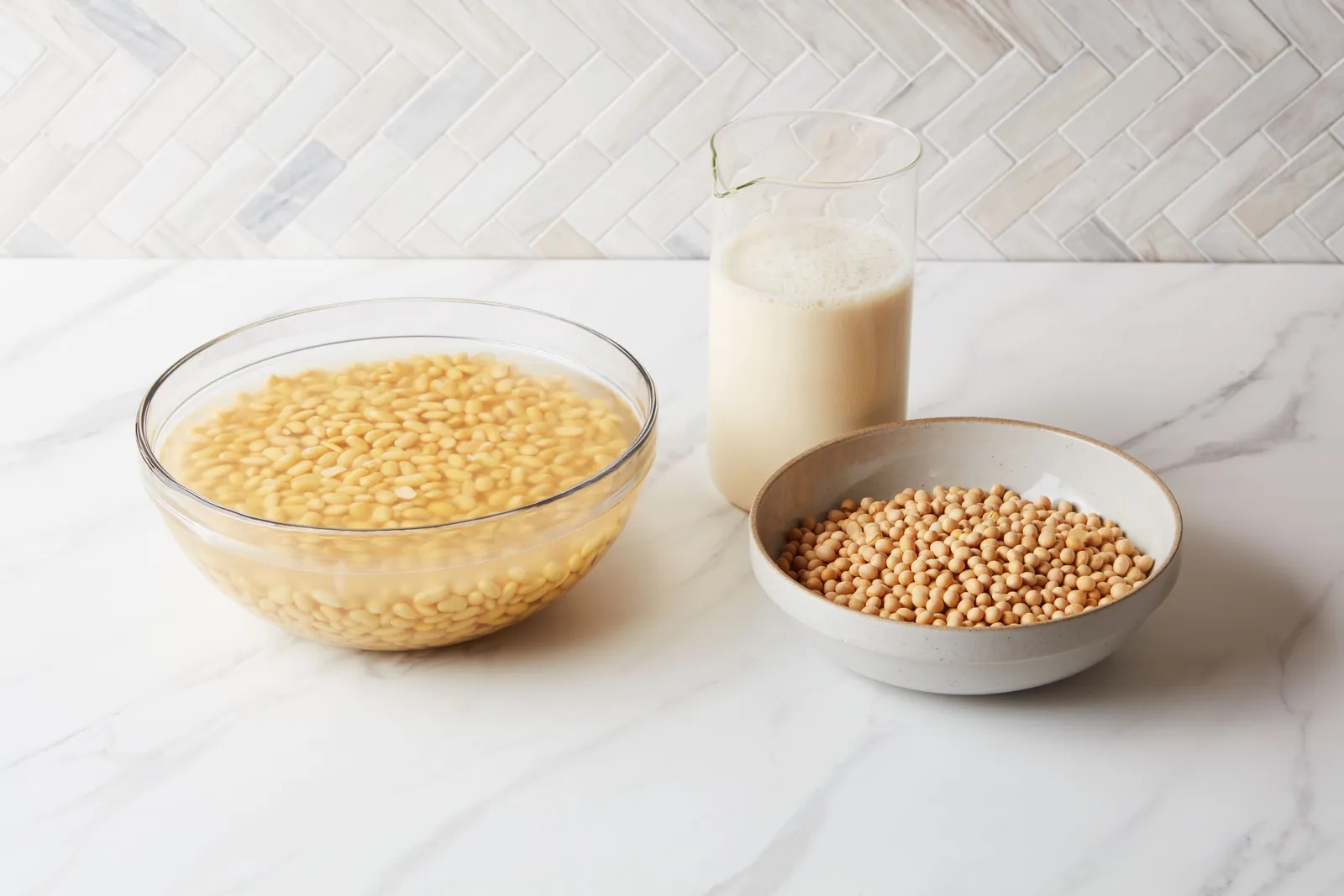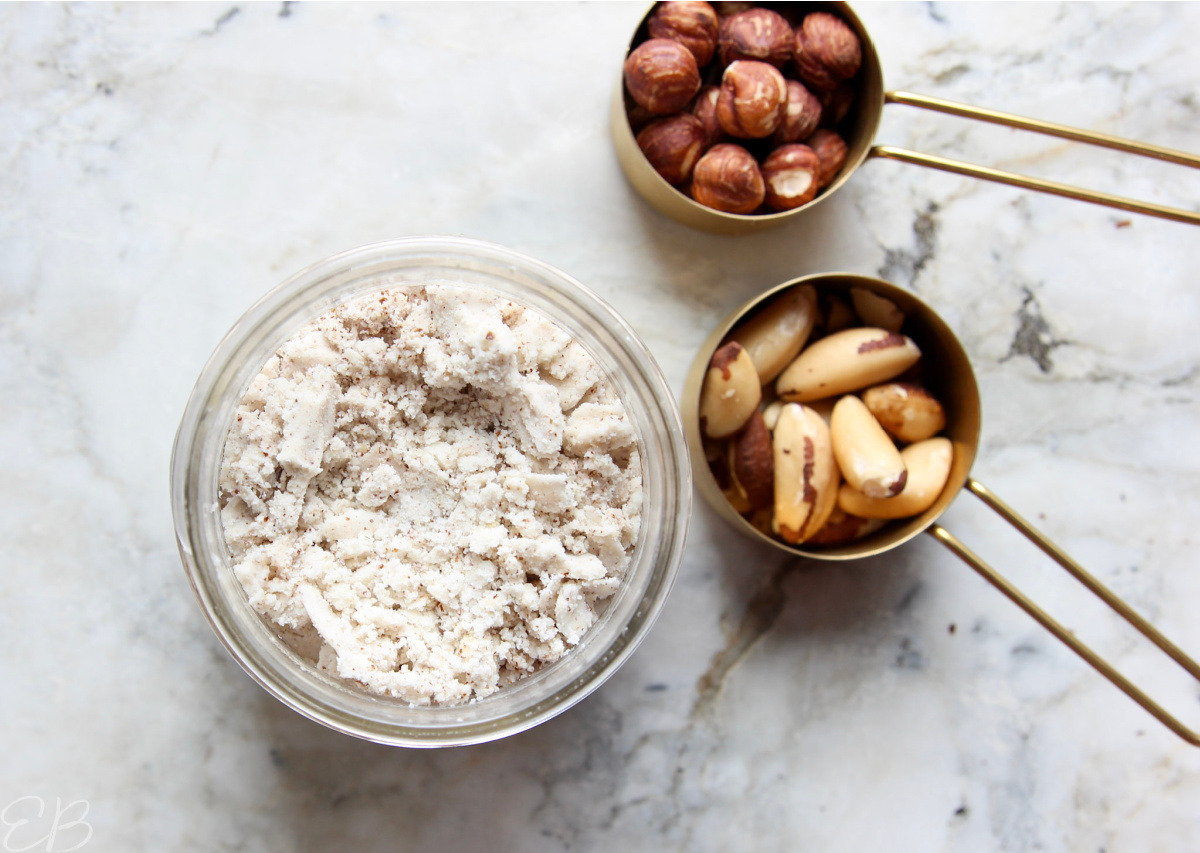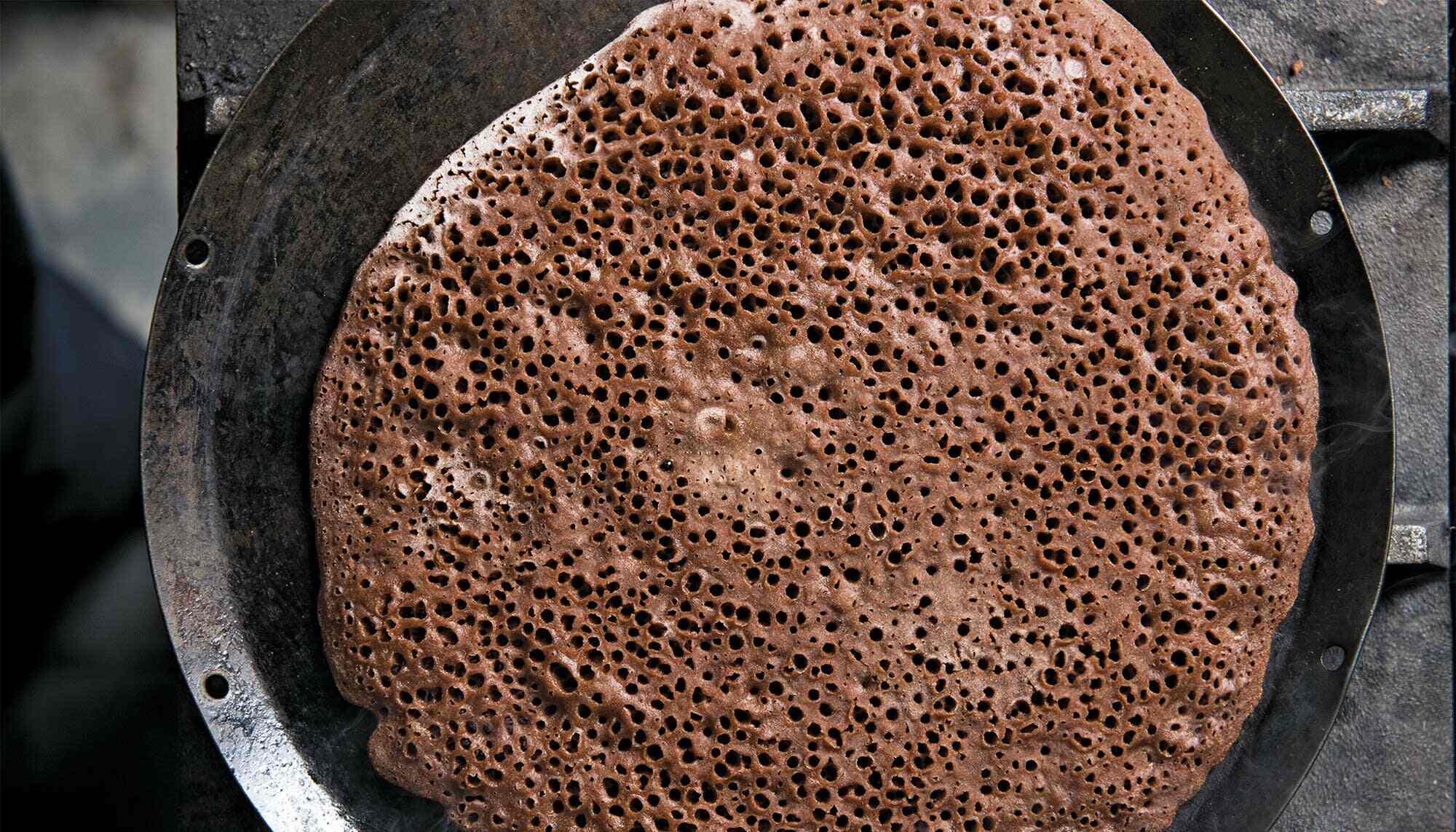Fermenting bread dough is a wonderful way to enhance the flavor, texture, and nutritional value of your homemade bread. The process of fermentation involves allowing the dough to sit and develop for a period of time, during which natural yeasts and bacteria work their magic. This not only adds depth to the flavor of the bread but also makes it easier to digest and increases its nutritional benefits.
If you're new to fermenting bread dough, don't worry! It's a simple and rewarding process that anyone can master with a bit of practice. Here's a step-by-step guide to help you get started:
Ingredients
Before you begin fermenting your bread dough, gather the following ingredients:
- Flour: Choose a high-quality flour, such as bread flour or whole wheat flour.
- Water: Use filtered or spring water for best results.
- Yeast: You can use commercial yeast or natural sourdough starter for fermentation.
- Salt: A key ingredient for flavor and texture.
Steps for Fermenting Bread Dough
-
Mixing the Dough: Start by mixing your flour, water, yeast, and salt together in a bowl. Use a wooden spoon or your hands to combine the ingredients until a shaggy dough forms.
-
Kneading the Dough: Turn the dough out onto a floured surface and knead it for about 10 minutes, or until it becomes smooth and elastic. This helps to develop the gluten in the dough, which is essential for a good bread structure.
-
Fermentation: Once the dough is kneaded, place it back in the bowl, cover it with a damp cloth, and let it sit at room temperature for an extended period. This allows the natural fermentation process to take place, resulting in a more flavorful and easily digestible bread. The duration of fermentation can vary depending on the type of bread you're making and the ambient temperature, but it typically ranges from a few hours to overnight.
-
Shaping and Proofing: After the dough has fermented, it's time to shape it into loaves or rolls and let it proof for a final rise. This step allows the dough to relax and expand before baking.
-
Baking: Preheat your oven to the appropriate temperature for the type of bread you're making. Once the oven is ready, place the proofed dough inside and bake until it's golden brown and sounds hollow when tapped on the bottom.
-
Cooling and Enjoying: Allow the bread to cool on a wire rack before slicing and enjoying the fruits of your labor. The aroma and taste of freshly baked, fermented bread are truly unbeatable.
Tips for Successful Fermentation
- Use Quality Ingredients: The quality of your flour, water, and yeast will directly impact the flavor and texture of your bread.
- Patience is Key: Fermentation takes time, so be patient and allow the dough to develop at its own pace.
- Experiment with Flavors: Once you've mastered the basic technique, don't be afraid to experiment with different flours, seeds, and spices to create unique and flavorful breads.
By following these steps and tips, you can master the art of fermenting bread dough and elevate your homemade bread to new heights. The process may seem intimidating at first, but with practice, you'll gain confidence and a deeper appreciation for the transformative power of fermentation. So, roll up your sleeves, gather your ingredients, and let the magic of fermentation unfold in your kitchen!
More Delicious Fermented Bread Recipes to Try
Having mastered the art of fermenting bread dough, you're now perfectly poised to explore a variety of delectable recipes that utilize this technique. For enthusiasts eager to test their skills, the classic sourdough bread recipe and traditional french baguette recipe come highly recommended. These recipes not only provide a satisfying challenge but also result in delicious, artisan-quality breads that epitomize the textures and flavors fermentation can achieve. For those looking to infuse some creativity into their baking, the olive and rosemary focaccia recipe and cheesy pull apart bread recipe offer a delightful twist with their rich flavors and irresistible aromas. Each recipe leverages the nuances of fermented dough to elevate the taste and texture of the final product, making them must-tries for any baking aficionado.
Was this page helpful?
Read Next: How To Ferment Bread Without Yeast
